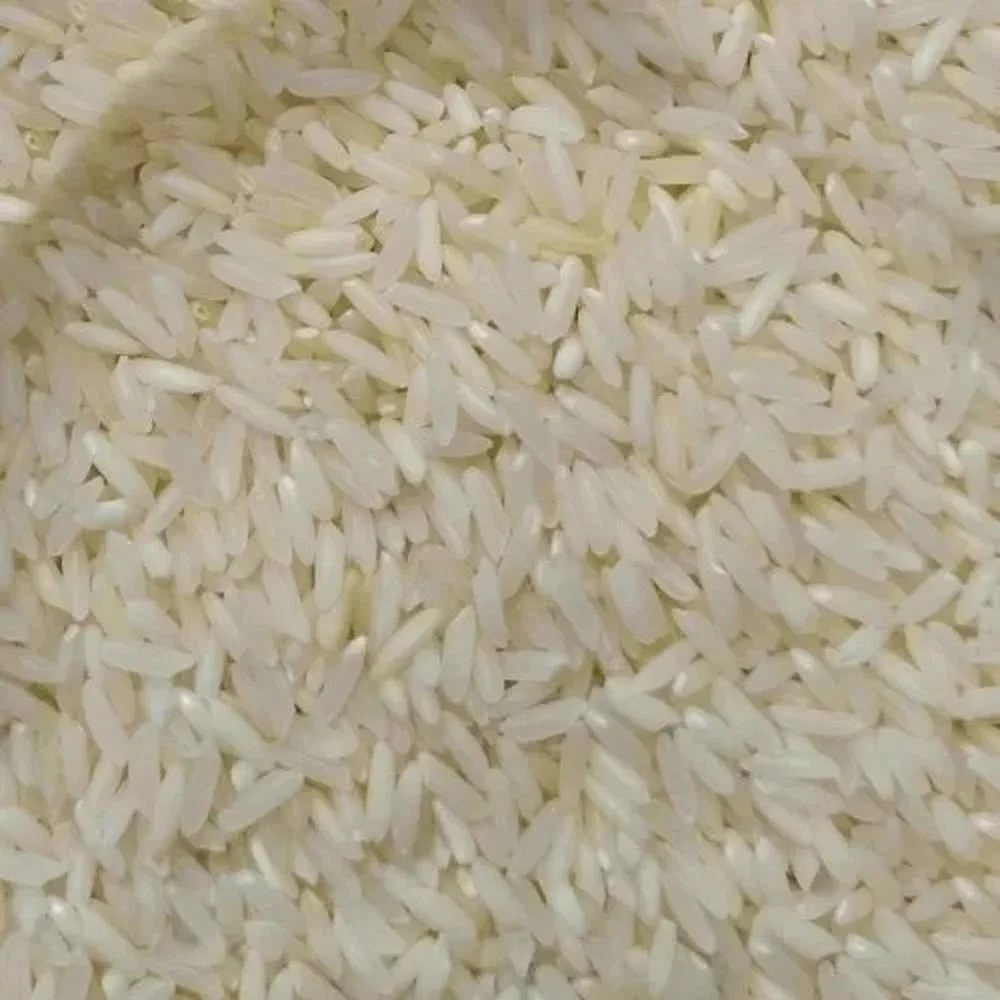Types of Rice in Ghana and Their Current Prices in 2025
Rice is a staple food across Africa seeing as there are different types of rice in Ghana. Whether at home, in restaurants, or during grand social events, rice dishes play a central role. But not all rice is the same, there are types of rice in Ghana and their prices that vary significantly depending on variety, quality, source (local vs imported), and packaging size. This article examines the types of rice in Ghana, current market prices for 2025, and what makes each variety special. We also touch on types of basmati rice in Ghana, types of brown rice in Ghana, types of local rice in Ghana, types of jollof rice in Ghana, and more.
Types of Rice Grown and Consumed in Ghana
Before we go into prices, it’s useful to review the main types of rice grown in Ghana and widely consumed:

- Local Rice / Local Varieties
These are rice varieties cultivated domestically often referred to as “local rice.” They may be white or parboiled. They are typically cheaper than imported rice. These are part of the types of local rice in Ghana. - Imported Long-Grain & Perfumed Rice
This includes jasmine, Thai fragrant, or Vietnamese rice. They are perfumed, aromatic, soft when cooked, often used in special meals or for guests. - Basmati Rice
A premium imported rice, known for its long grains, fragrance, and texture. There are types of basmati rice in Ghana ranging from more affordable ones to very high-end brands. - Brown Rice
Less common but rising in popularity due to health trends. Types of brown rice in Ghana are seen in health food shops and supermarkets. - Parboiled / Perfumed Rice
Sometimes parboiled rice is preferred because of texture and how well it holds together. Perfumed rice includes jasmine and other aromatic rice. - Speciality Varieties for Dishes
For example, rice for types of jollof rice in Ghana, party jollof, home jollof, smoky jollof and rice used for waakye, or dishes which need broken rice or mixtures.
Current Prices of Rice in Ghana (2025)
Here’s what market research and online listings show for rice prices in Ghana as of 2025. Prices depend on the variety, weight, and whether local or imported.
| Rice Type / Brand | Typical Package Size | Approx Price (GH₵) |
|---|---|---|
| Local / White Rice (bulk 50 kg) | 50 kg bags | GHS 730–800 for certain brands (e.g. Vietnamese imported; for local sometimes lower). |
| Jasmine / Perfumed Rice (5 kg) | 5 kg | GH₵ 230–350 depending on brand and fragrance strength. |
| Local Mid-Grade Rice (4-5 kg) | 4.5 kg | GH₵ 130-200 depending on brand (e.g. local white rice). |
| Basmati Rice (10 kg) | Imported / Premium | GHS 350-750 depending on brand (e.g. Ahsan, Tilda, Laila). |
| Basmati Rice (4.5 kg) | Mid weight | GHS 150-290 depending on brand (Tilemsi, Oba, etc.). |
| Brown Rice (5 kg) | Health / specialty | GHS 270 for some long grain brown rice varieties in stores like Jumia. |
| Broken Rice (50 kg bulk) | Bulk low grade / waakye use etc. | GHS 550-650 depending on quality / brand. |
| Local rice per kg (bulk retail) | per kg in Accra / Kumasi | GHS 10.47 per kg approx (for more standard white rice) from market price data. |
Understanding the Price Differences
Several factors drive why different types of rice in Ghana and their prices differ so greatly:

- Import vs Local Production: Imported rice (especially basmati, jasmine) includes shipping, customs duties, and sometimes premium branding. Local rice avoids those costs, but may have higher domestic transport or milling costs.
- Brand and Packaging: Well-known brands or premium labels cost more. Larger packs might have lower unit cost but higher total price.
- Grain Type: Aromatic rice (basmati, jasmine) or speciality brown rice cost more per kg than standard white or broken rice.
- Quality / Grain Purity: Fewer broken grains, good milling, better packaging all raise price.
Implications for Consumers & Businesses
- For everyday cooking like types of rice dishes in Ghana such as plain white boiled rice, stews, or waakye, local white rice or standard imported long grain/perfumed rice are economical picks.
- For special dishes or gatherings that require flavour, texture, and fragrance, such as types of jollof rice in Ghana, premium imported rice (basmati or fragrant jasmine‐perfumed) is preferred despite higher costs.
- Health-conscious consumers looking for types of brown rice in Ghana will find fewer suppliers and higher prices, so expect to pay a premium.
What to Expect Going Forward
Looking ahead, 2025 is showing some trends:
- Local rice production and purchases are being encouraged via “Eat Ghana Rice” policies, which may push local rice prices slightly up as demand rises.
- Import supply chain issues (shipping, forex) continue to affect types of basmati rice in Ghana and other imported types, pushing prices higher.
- More retailers are stocking brown rice and healthier options, though these remain niche.
Conclusion
Rice is more than just a staple in Ghana, it’s a part of culture, tradition, and everyday life. From the smoky flavors of Jollof to the hearty comfort of waakye, the variety of rice dishes reflects the diversity of the people who enjoy them. In 2025, the types of rice in Ghana and their prices continue to vary depending on whether you prefer local rice, imported basmati, perfumed jasmine, or nutrient-rich brown rice.
For households, choosing rice is about balancing taste, nutrition, and affordability. For businesses; restaurants, caterers, and food distributors understanding the rice market is key to meeting customer demand and staying competitive.

At Crescita Solutions, we specialize in helping businesses across Ghana grow smarter. Whether you run a food brand, restaurant, or retail business, we provide digital marketing, web development, and growth strategies that help you stand out in a competitive market. Partner with Crescita Solutions today, and let’s take your business to the next level.







